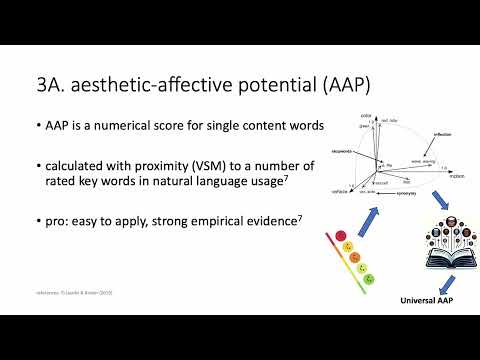 Speaker: Mesian Tilmatine @mtilmatine
Speaker: Mesian Tilmatine @mtilmatine
 Affiliation: FU Berlin & Radboud University
Affiliation: FU Berlin & Radboud University
Title: How to understand Humans: Can foregrounding be calculated?
Abstract: Foregrounding is a key term in the empirical study of literature, yet its conceptualization, measurement, and boundaries remain debated. In this symposium series, we present fresh approaches and perspectives from esteemed scholars and emerging researchers, sparking new discussions. The present symposium explores how foregrounding shapes literary atmosphere, empathy, and reader engagement. From analyzing empathic effects of pathetic fallacy to shared reading’s impact on processing and AI’s challenges with stylistic patterns, these presentations blend innovative methodologies with theoretical insights to deepen our understanding of this essential literary concept.

 Long abstract
Long abstract
With the advent of increasingly sophisticated machine learning, it is nowadays easier than ever to understand large-scale patterns in literary writing. For example, we can use just a few simple lexicon-based text features to predict how the average reader will respond to poetry (Fechino et al., 2020; Tilmatine et al., 2024), or we can use simple text annotations to understand in how far individual readers will engage with the text’s content (Mak et al., 2023). The essence of art, however, lies in another pattern, one that is much harder to spot with automatized systems and big data. The pattern of breaking patterns, of highlighting intentional deviations to break predictable monotonies for the reader is an integral part of any literary writing and better known as foregrounding (Hakemulder, 2004). Human readers usually do not have any trouble differentiating between an author wilfully breaking stylistic patterns to make a point, versus an author breaking stylistic patterns because of being a bad writer. For text analyses driven by data models on the other hand, the line between intentional foregrounding and unintentional dilettantism is harder to identify, as I have learned in the past few years of working with them on literary texts. For this symposium, I would like to discuss which degree of intelligence is needed to understand which aspect of literary writing, and thereby possibly discover which avenues could lead to calculating foregrounding – if they do exist, at all.
References
Fechino, M., Jacobs, A. M., & Lüdtke, J. (2020). Following in Jakobson and Lévi-Strauss’ footsteps: A neurocognitive poetics investigation of eye movements during the reading of Baudelaire’s ‘Les Chats’. Journal of Eye Movement Research, 13(3). https://doi.org/10.16910/jemr.13.3.4
Hakemulder, F. (2004). Foregrounding and its effect on readers’ perception. Discourse Processes 38(2), 193–218.
Mak, M., Faber, M., & Willems, R. M. (2023). Different kinds of simulation during literary reading: Insights from a combined fMRI and eye-tracking study. Cortex, 162, 115–135. Redirecting
Tilmatine, M., Lüdtke, J., & Jacobs, A. M. (2024). Predicting subjective ratings of affect and comprehensibility with text features: A reader response study of narrative poetry. Frontiers in Psychology, 15, 1431764. Frontiers | Predicting subjective ratings of affect and comprehensibility with text features: a reader response study of narrative poetry

